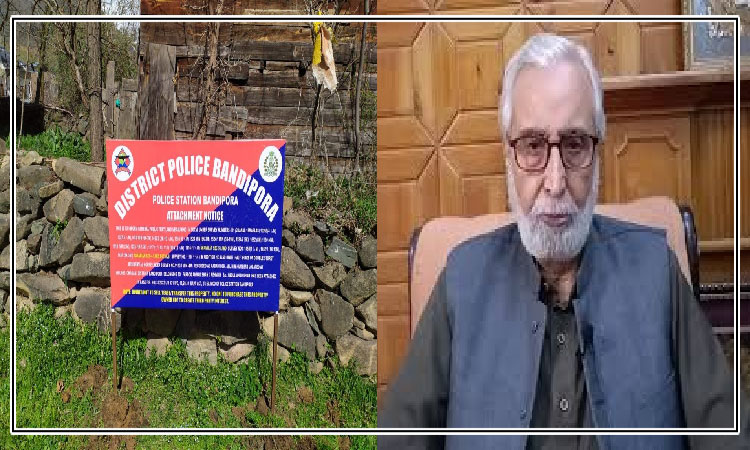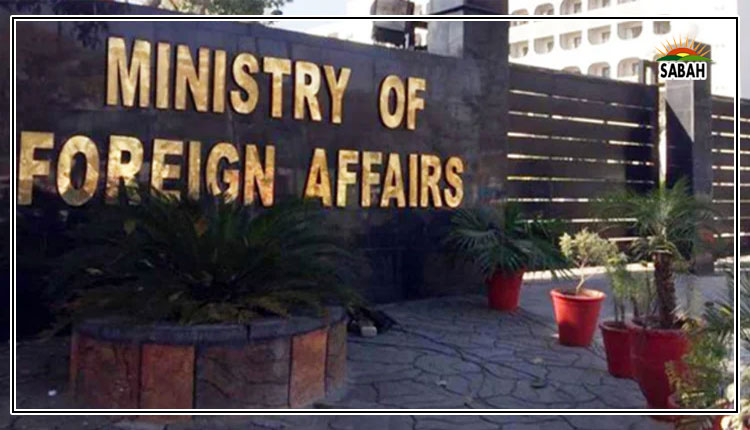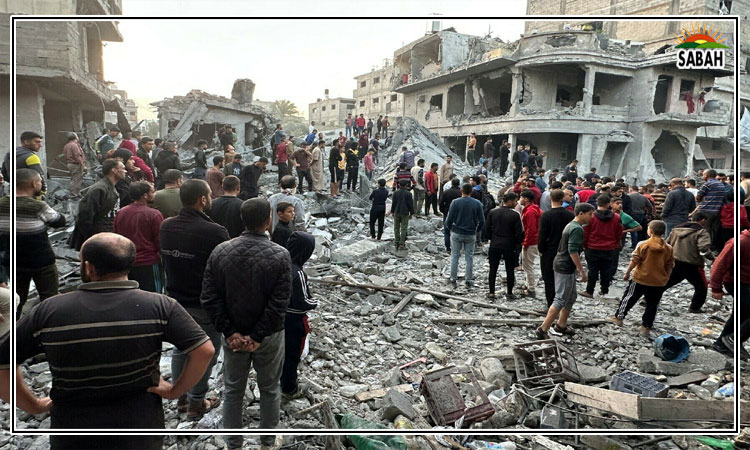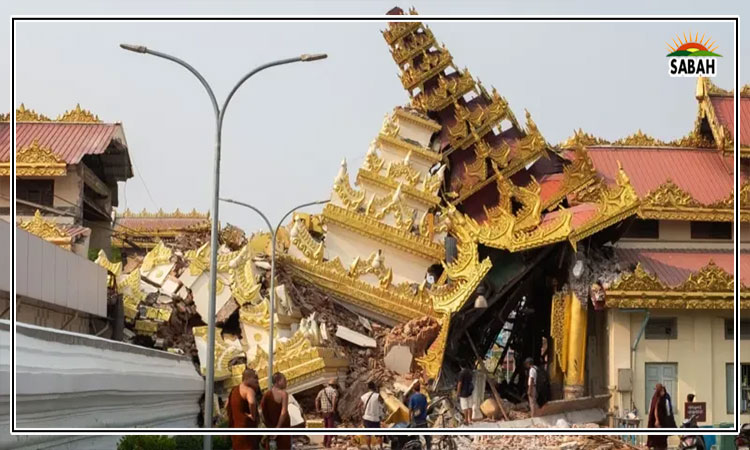Peshawar: the withered city of flowers …. Dr Syed Akhtar Ali Shah
There are many beautiful cities in Pakistan, but for understandable reasons I harbour special feelings for Peshawar, the capital of Khyber-Pakhtunkhwa and my birthplace where I spent my childhood and where I served in various capacities during my professional life.
Lying west of the Bara River, Peshawar is home to one of the oldest civilisations. It had been an important centre of Buddhist and Gandhara civilisations as suggested by the ruins of the largest Budha and Kanishka stupa in the Shaji ki Dheri in the vicinity of the city. In history books, Peshawar was mentioned as a city of flowers. In my own childhood days, I had seen children of my age playing cricket and other sports in the grounds of various public gardens. Many public gardens outside the old walled city, like Shahi Bagh, Wazir Bagh, Nazar Bagh, Jinnah Park, as well as various smaller parks in every nook and corner of the city reflected the aesthetic sense of the past rulers. Even though those rulers had no formal education in sustainable development, they demonstrated deep attachment to nature and eco-friendly development.
Shahi Bagh was one of the largest public gardens where an international cricket stadium was built later. Mesmerising morning and evening walks in this well-planned garden still fill my mind as I would daily commute between my home and school located in Peshawar Cantonment. Passing by the ancient walls of the old city, I would come across many green lands, surrounded by tall trees and blossoming flowers. Now those days seem like holidaying in an idyllic resort, as no issues of insecurity or lawlessness could then be felt in open areas, parks and military units with vast lush green lawns.
The fort-like Gorghatree building, also known as Tehsil, in the midst of the city, served as the headquarters for the Mughals, Sikhs and the British. Though the British later shifted to the Cantonment, it still remained a hub of socio-economic activities. While Pashtuns are generally well-known for hospitality, the Peshawarites (the original locals) have a distinctiveness of their own as they exhibit a rich blend of hospitality and humility towards their guests. Qissakhwani, the famous market of interior city, has got this name as the occupants of shops and dwellers in this area were famous for engaging in long storytelling like conversations while sipping qahwa (green tea) and discussing anything within their imagination.
While I am lost in my gleeful flights of imagination, I am suddenly awakened by the harsh realities of the present-day Peshawar. Once surrounded by orchards and trees, the City of Flowers has gradually lost the grandeur of the past. As I take a stroll through its streets, I can hear it lamenting, “I have sheltered many generations, providing solace, happiness and richness to their eyes with my beauty. Over the years, cruel hands have defaced my beauty and value system, bringing down my heritage.”
The decades spent in my childhood city were among the happiest and most enriching of my life. Growing up surrounded by lush parks, historical landmarks and vibrant community gatherings, every day was an adventure. The whole city resonated with laughter as children played in open fields, while the aroma of flowers filled the air during tranquil evening walks. The sense of community was strong, with friendly faces and warm interactions at every corner. These years were marked by simple joys, endless exploration and a deep connection to the natural and cultural beauty that shaped my youth.
Observing the agonising decay and decline of my birthplace, I feel guilty for not protecting its beauty. Passing through the lanes where I once played and studied, I see the shrinking of Shahi Bagh into buildings, Nazar Bagh into commercial establishments, and green spots ravaged with no concern for sustainable development. My heart bleeds when I see open spaces in the cantonment or green patches on Club Road commercialised. Parks in the suburbs and within the walled city have been turned into shopping centres and marriage halls, creating a concrete jungle with little regard for canals, drainage and riverbeds.
My nostalgia does not mean that I am simply a grumpy old man who lives in the past. I do understand that things change, but the change should be for the better. London is a huge city with immense need for housing and commercial buildings. Still there are big public parks and open green spaces all around. Change should always be in sync with sustainable development which is essential for good governance.
Will the government take steps to regain Peshawar’s lost glory? This can only be possible if the government shows unflinching resolve by removing built-up structures on green areas and eliminating encroachments from riverbeds and drains. It should also come up with a clear eco-friendly developmental plan.
Courtesy Express Tribune












